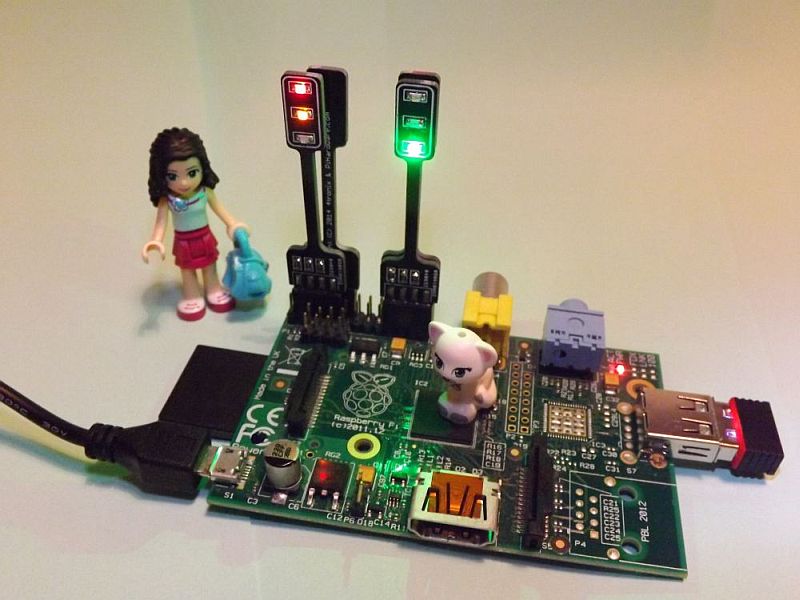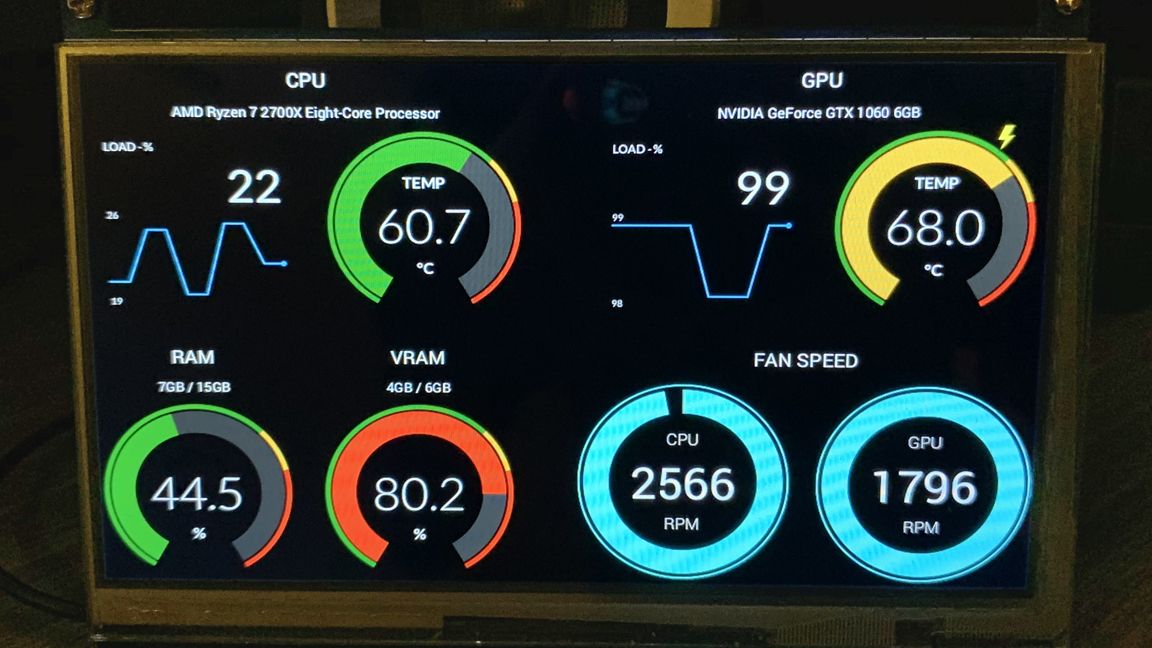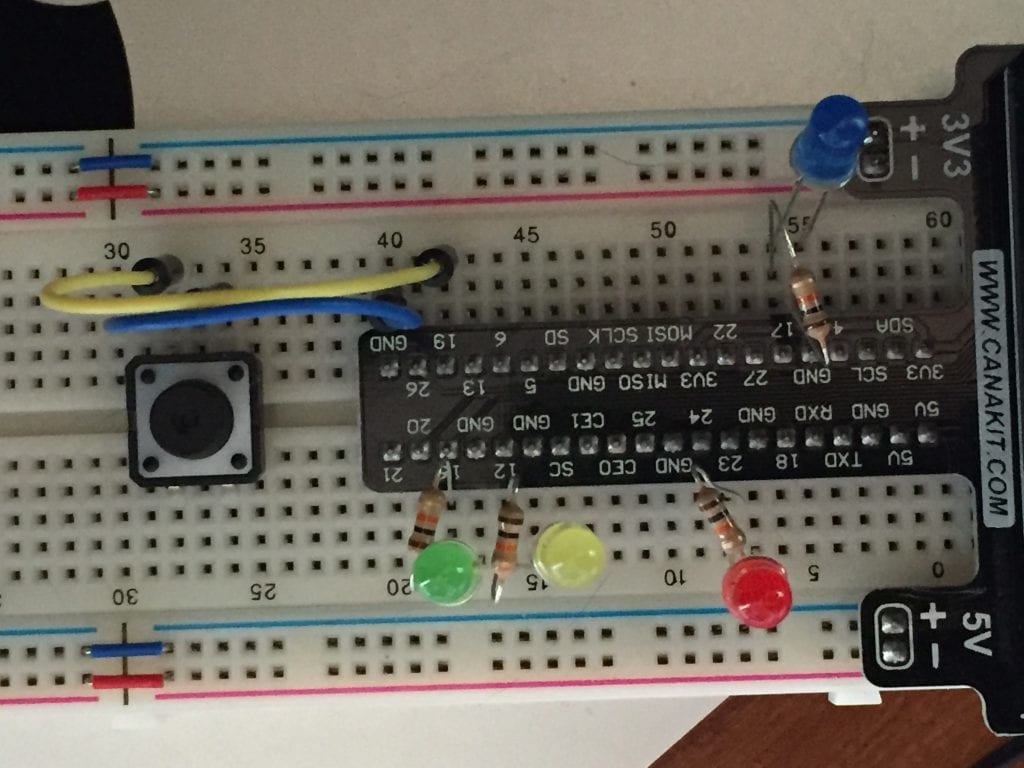

To select your location, which will set your time zone graphs use time for the x-axis, and you probably want that reported in local time. Grab some coffee and remember to use sudo if you aren’t root. So, assuming you have your SD card imaged and are able to SSH to your RPi, here are the steps for installation. It also saves you from downloading unused packages when updating and upgrading packages. At 1/3 the size, it reduces both download and imaging time. I used Raspbian Jessie Lite for the OS on this RPi. If you’re familiar with Raspberry Pi and Raspbian, then let’s dive in.

If you’re new to the Raspberry Pi world, I suggest you check out my previous post on setting up your RPi. He could see the traffic to the device start flowing when his son got home from school. I know a gentleman who had Cacti set up on his home network, and busted his son for playing Xbox while grounded.

While I wouldn’t suggest using an RPI to monitor a large enterprise network, a SOHO/SMB setting can benefit greatly from the simple setup and helpful visualizations presented in these blog posts. There are also templates available on the Cacti forums. Cacti comes with some basic graphs and templates that use SNMP, but you can create custom ones if you have access to the MIBs or use a tool called Net-SNMP. Paired with SmokePing, you can compare physical interfaces statistics with network traffic and latency to greatly reduce diagnosis and troubleshooting time. I’ve used Cacti in the past to graph throughput on switch ports, received signal levels and signal-to-noise ratios on point-to-point radios, the number of connected clients on access points, temperature, CPU and memory usage, and other critical statistics on many types of networking gear. Make sure to install Cacti first – for reasons unknown to me, Cacti wouldn’t install correctly if SmokePing was already present, but SmokePing will install properly with Cacti on the system first. I’ve tested this on an RPi Model B+, and an RPi 2 Model B. I’m not reinventing the wheel here, but came across a couple hitches and, after spending some time with the Great Google, felt like it all needed to be consolidated into one place. If you have specific questions, please comment. Note that I’ll be going over a very basic configuration. This post will cover Cacti, and the next will cover SmokePing. Both are free, can be installed with a few commands, and are very easy to configure. In a two-part series, I’m going to show you how to install and configure Cacti, a network graphing tool, and SmokePing, a latency monitoring tool, on a Raspberry Pi.

From throughput testing (a previous post of mine) to wireless analysis ( Jake Snyder), a little bit of Raspbian know-how can get you a long way. A Raspberry Pi is a simple, yet powerful tool for a network administrator to have and be comfortable with.


 0 kommentar(er)
0 kommentar(er)
